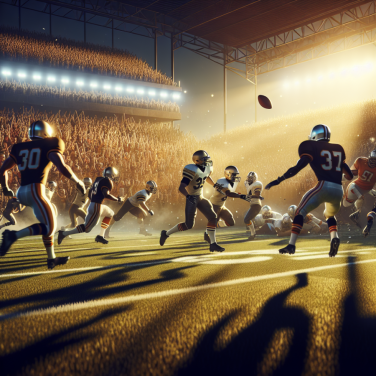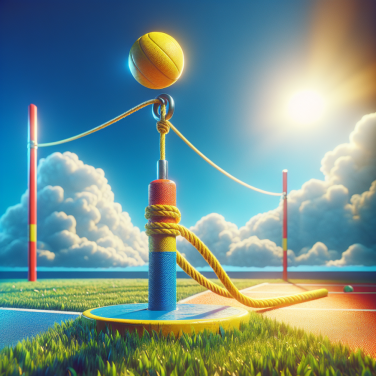Unleashing the Power of Your Serve: Taking Your Tennis Game to New Heights
Unleashing the Power of Your Serve: Taking Your Tennis Game to New Heights
The serve is the most critical shot in tennis, and mastering it can provide a significant advantage over your opponents. To elevate your tennis game, you need to focus on the mechanics, consistency, and mental approach to your serve.
First, let’s delve into the mechanics of a powerful serve. Your service motion should start with a balanced and stable stance. Your feet should be shoulder-width apart, with your front foot pointing towards the net post and your back foot parallel to the baseline. This positioning allows for optimal power generation as you launch into the serve. The grip is also vital; a Continental grip gives you the versatility to hit various serves, including flat, slice, and kick serves.
The ball toss is another aspect that can make or break your serve. For a powerful serve, the toss should be consistently placed slightly in front of you and into the court. This ensures that you hit the ball at the peak of its arc and are able to transfer forward momentum into the serve. A well-executed toss sets the stage for a full shoulder rotation and a whip-like motion from your racquet, which are key components for maximizing power.
As you enter the trophy pose, your knees should be bent, and your body should be coiled, storing energy like a spring. It’s essential to remember that power comes from the ground up. Thus, engaging your legs and pushing up off the ground during the serve will help you unleash a more powerful delivery. The uncoiling of your body then transfers this energy up through your torso, shoulder, and arm, allowing you to snap the racquet through the ball.
Another crucial element is timing. It’s essential to coordinate the movement of your entire body to strike the ball effectively. Practicing the rhythm of your serve can lead to more consistent power. A well-timed serve uses the kinetic chain efficiently, transmitting power from one segment of the body to the next, culminating in an explosive impact.
Consistency in your serve not only pertains to your power but also to your placement. Being able to direct your serve to specific areas of the box can keep your opponent guessing and on the defensive. Regularly practicing targets during your practice sessions can hone this skill. By varying your service speed, spin, and direction, you become a more unpredictable and formidable server.
The mental approach to your serve should not be underestimated.
Read also:
The Evolution of Boxing: From Early History to Present Day
Perfecting Your Serve Technique for Game-Changing Tennis Performance
Perfecting your serve in tennis is a crucial aspect of elevating your overall game performance. The serve sets the tone of each point and can give you a solid advantage when executed with skill and precision. Here are key elements to focus on when aiming to refine your serve to make a significant impact on your game:
**Grip and Stance:**
Begin with the Continental grip, often referred to as the "chopper" grip because it resembles the angle of your hand when chopping wood. This grip allows for the necessary wrist snap on impact to enhance spin and power. Position your body effectively with a stance that's comfortable yet powerful. A slight back arch prepares you for explosive upward motion.
**Toss Consistency:**
A consistent toss is vital for a reliable serve. Without it, adjusting your swing to meet the ball becomes nearly impossible, leading to a loss of power and accuracy. Practice your toss without hitting the ball, focusing on placing the ball in the same spot every time. Maintain a calm and controlled upward motion, releasing the ball at eye level or higher for best results.
**Backswing and Launch:**
In your backswing, keep the movement fluid to maintain kinetic chain synergy. As you swing your racquet back, allow your opposite arm to raise simultaneously with the toss. This synchronization ensures a balanced and coordinated launch phase. The knee bend is integral during the launch – it's this bending and subsequent straightening (the leg drive) that propels you upward and adds extra force to your serve.
**Contact Point:**
The point of contact should ideally be at the highest spot you can comfortably reach. To achieve this, 'brush' the back of the ball to generate spin, which will control the ball's trajectory and pace. A precise contact point is also essential for directing your serve, so aim to hit the ball when your arm is fully extended and your body is beginning to uncoil.
**Follow-Through and Recovery:**
The serve does not end at the point of contact. A full follow-through ensures that the motion and energy created in the serve are effectively transferred to the ball. Swing your racquet across your body and let your arm naturally decelerate. Recovery is also part of the serve. As soon as you land, be ready to regain balance and prepare for the potential return, maintaining a position that allows you to react quickly in any direction.
Remember, refining a tennis serve doesn't happen overnight.




